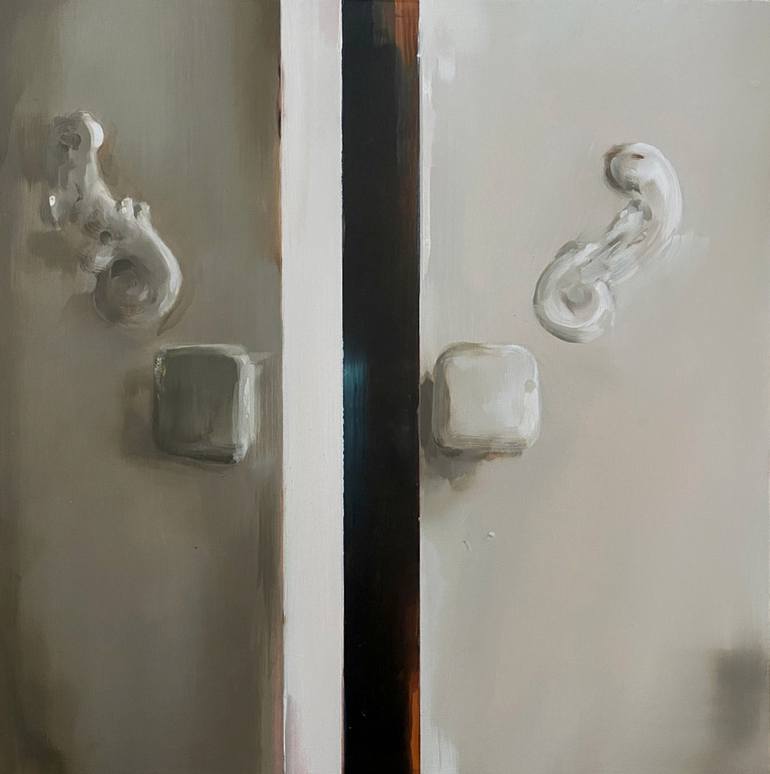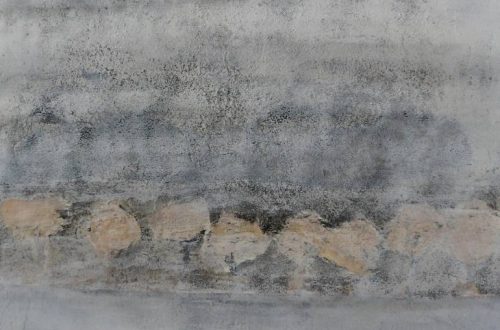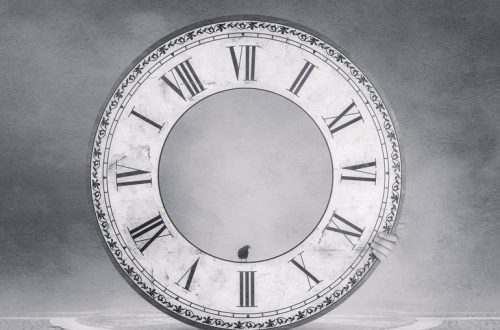
A Wordless Connection: Understanding an Elderly Woman
As I walked into the living room of the care facility, I saw many residents enjoying their morning coffee. I went to the ground floor where an 86-year-old woman, who could no longer speak due to her illness, was sitting in front of the television. I asked her if she wanted to come with me, and she quickly got up and walked to her room.
Sitting on the only chair in her room, I looked around at her spacious, high-ceilinged room overlooking the garden. Two portraits of young women hung on the wall, but she shrugged when I asked about them. Although her emotions were difficult to read, I felt a connection with her and wanted to connect with her wordlessly.
I decided to sit next to her on the bed and asked her what she saw. She looked at a large brown wardrobe, and her gaze remained on it as we sat silently beside each other. Unable to communicate with words, I took her hand and led her to the closet. She ran her fingers over the wood and looked at it intently.
I wondered if something in the closet was troubling her or if the color was bothering her. I picked up an art book and showed her colors while standing next to the closet, and she always pointed to white. I wasn’t sure if we understood each other, but she walked to the other side of the cabinet and again rubbed the wood with her fingers.
I left her for a moment to go to the front desk and ask if anyone had sandpaper. They didn’t, so I returned to her and sat on the bed while she looked back at the closet. I picked up the book and asked her to point to a color, and she again pointed to white. I noticed some small statues in the room that she had made herself, and I wondered if she had been a talented painter in the past.
I said goodbye and hoped that I had understood her. I went to the house manager and shared my assumption, and they agreed to try it. Two weeks later, I received a beautiful photo of the woman painting her wardrobe. We had understood each other without words; it was a precious connection.
The beauty of listening WITH a human being, rather than just listening to a human being, is the ability to understand and connect on a deeper level.




